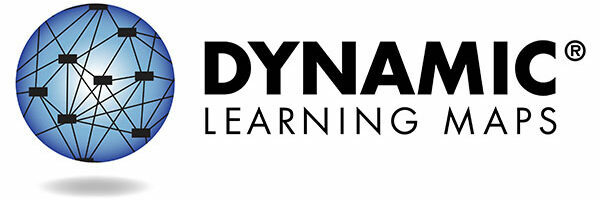Beginning Communicators
This module describes symbolic and non-symbolic forms of communication, the distinction between pre-intentional and pre-symbolic communicators, and identifies additional sources of support for building communication skills.
Online Self-directed Beginning Communicators Module
Group Facilitated Module Materials for Beginning Communicators
Speaking and Listening
This module addresses speaking and listening in the broader context of expressive and receptive communication for students with significant cognitive disabilities. The content in this module is important to understand the DLM Essential Elements in Speaking and Listening and across all of the strands of Essential Elements in English language arts.
Online Self-directed Speaking and Listening Module
Group Facilitated Module Materials for Speaking and Listening
Symbols
This self-directed module provides an overview of symbols to support communication and interaction. It also describes the use of symbols and photographs in text.
Online Self-directed Symbols Module
Group Facilitated Module Materials for Symbols
DLM Core Vocabulary and Communication
This module focuses on the use of core vocabulary as a support for communication for students who cannot use speech to meet their face-to-face communication needs and require augmentative and alternative communication.
Online Self-directed Core Vocabulary Module
Group Facilitated Module Materials for Core Vocabulary
Supporting Participation in Discussion
Participants will review the goals of supporting participation in discussion and the need of an expressive means of communication for all students. Participants will also be given 5 strategies to use in supporting students during discussions with teachers and peers.
Online Self-directed Participation in Discussion Module
Group Facilitated Module Materials for Participation in Discussion
